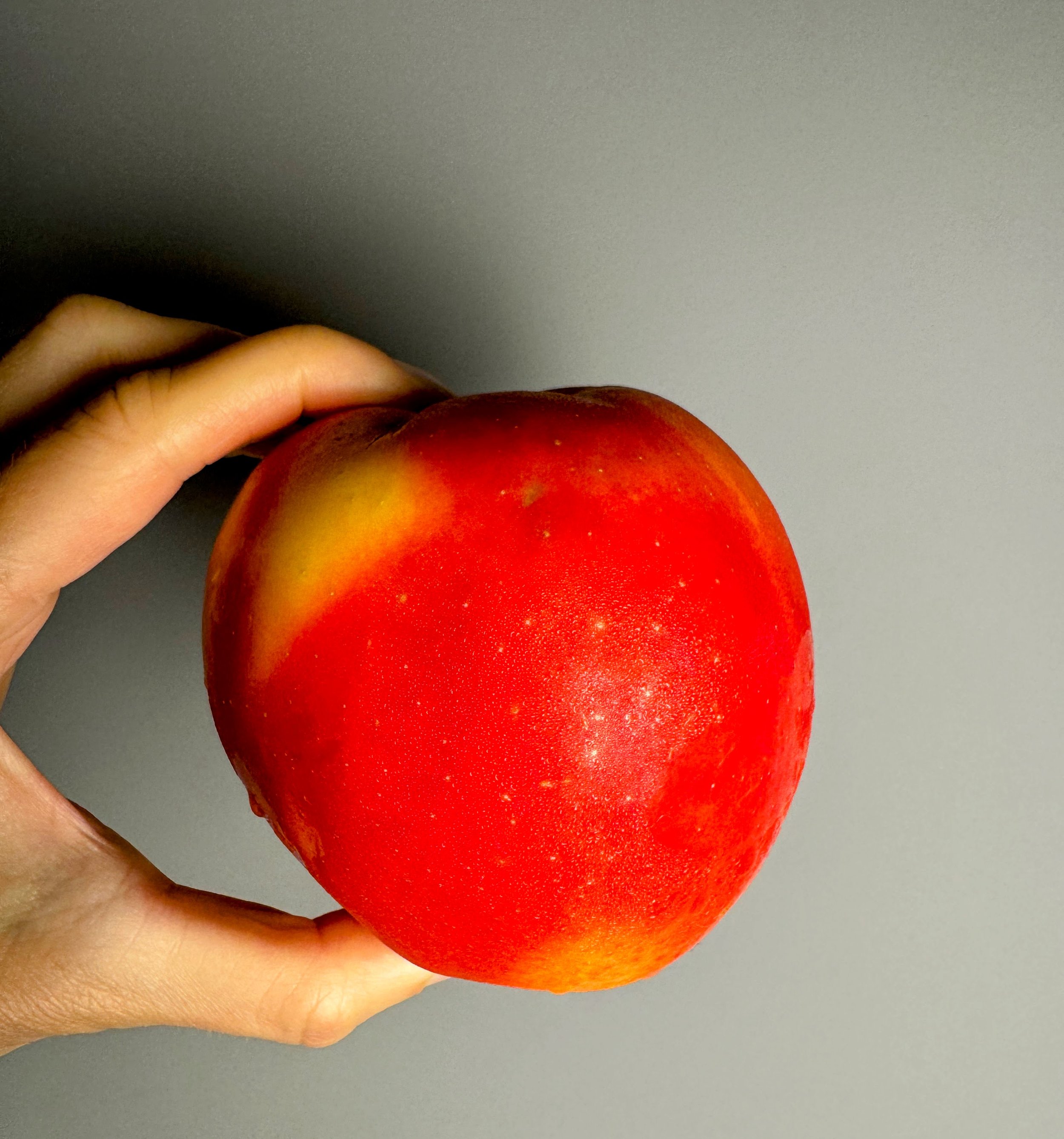Nutrition labels 201: carbohydrates and fiber
Ever find yourself in a “this or that?” dilemma at the grocery store? This is for you!
What’s in this post?
A carbohydrate-to-fiber calculation you can use at the grocery store to make healthier food choices
Packaged-food ideas for your shopping list
Ezekiel cereal with cinnamon and fresh blueberries
You have a few choices at the grocery store
Get what you always get
Tastebuds rule
Lowest price
Choose the box with the best marketing
Spend a minute reading nutrition labels, factor in health benefits
Lara Bar label
Step 1
Grab something with a nutrition label from your pantry or the shelf at the grocery store.
Step 2
Find grams of fiber and grams of total carbohydrates on the nutrition label.
Step 3
Do the math.
grams of total carbohydrates / grams of fiber
calculator
Step 4
Evaluate.
Optimal
5
or <5
Less optimal, but OK
5-10
>10
Consider making a different choice.
Source: Dr. John Duda, MD in this interview
Let’s take a look at a few examples
Ezekiel Sprouted Crunchy Cereal Golden Flax
Fiber — 7 g
Total Carbohydrate — 35 g
Score: 5
At nearly $10 a box, the price stings for a minute. But, the box is heavy! Something about that made me feel better, as I added this to my basket on a recent Whole Foods run. I’ve been enjoying it ever since.
There are 8 servings per box, that’s $1.25 per serving. Compare that to anything you buy for breakfast from a cafe or restaurant. In context, the price is OK. I’m going for health.
If the price is not within your budget, go simpler with something like Bob’s Red Mill steel cut oats, and make your own oatmeal.
Bob’s Red Mill Organic Steel Cut Oats
Bob’s Red Mill Organic Steel Cut Oats
Fiber — 4 g
Total Carbohydrate — 31 g
Score: 8
The preparation of steel cut vs. rolled oats takes a bit more time. This recipe looks good.
Bob’s Red Mill Old-Fashioned Organic Rolled Oats
Fiber — 3 g
Total Carbohydrate — 33 g
Score: 11
In the Groats 101 post, I talked about the nutritional ‘hierarchy’ across grain processing methods. Whether or not a processed or packaged food is a healthy choice is a decision best made in context —> compared to what?
Making a healthier choice is a better option than sticking with an unhealthy choice because you can’t make the healthiest choice.
If the choice is between an ultra-processed breakfast sandwich and rolled oats, go for the oats.
Mary’s Gone Crackers
Mary’s Gone Crackers Super Seed Rosemary
Fiber — 3 g
Total Carbohydrate — 17 g
Score: 6
I eat Mary’s most days. I love salad. I love soup. Crackers deliver the crunch.They’re processed, likely minimally.
Every Body Eat fiery chili lime thins
Every Body Eat Fiery Chili Lime Thins
Fiber — 1 g
Total Carbohydrate — 20 g
Score: 20 😬
I buy these once in a while. From the taste alone, my sense was they wouldn’t fare as well as Mary’s in a nutrition showdown. Every Body Eat Chili Lime Thins are spicy, and a little addictive —> often a sign of the nutrition ‘score’ to come.
Pacha bread
Pacha Cheesy Herb Sourdough Buckwheat Bread
Fiber — 1.7 g
Total Carbohydrate — 11.2 g
Score: 7
I found Pacha on Instagram. I’ve ordered it online. It’s also now available at my local Whole Foods. The bread is denser and the slices are smaller, compared to Ezekiel. I haven’t tried the buns.
Let’s compare Pacha to Ezekiel Bread.
Ezekiel 4:9 Sprouted Grain Bread
Fiber — 3 g
Total Carbohydrate — 15 g
Score: 5
Check Food for Life’s store locator to see if Ezekiel bread is available in your area.
Pacha bread, miso paste, cherry tomatoes
Does the carbs to fiber ratio matter for single ingredient, whole plant foods?
Comparing total carbohydrates to fiber shouldn’t be necessary, or worth your time, for whole plant foods.
Let’s test that.
Chia seeds
Fiber — 3 g
Total Carbohydrate — 5 g
Score: 2 😎
Nutrition label, chia seeds
Good carbs, bad carbs?
Carbohydrates are a macronutrient, just like protein and fat. There is nothing inherently right, wrong, good or bad with any of the macronutrients. All are required for good health.
The issue is the processing.
The carbohydrates to fiber calculation is a tool for determining what that processing means for our health.
What happens to a plant or animal before it hits the shelf as food is not just a carbs issue.
Apple
Why read nutrition labels?
Less reliance on marketing, more science.
Keep in mind
If you buy many of the same foods regularly, this is a one-time exercise.
The time burden is low. ⌚
You can use this calculation to evaluate one thing you buy at a time, or
you can pull everything out of your pantry Marie Kondo-style.
Go at the pace that works best for you. 🌱
Did you try this? Let me know!
Thanks for reading!
Want more content like this?
Subscribe to have the blog post delivered straight to your inbox weekly.










